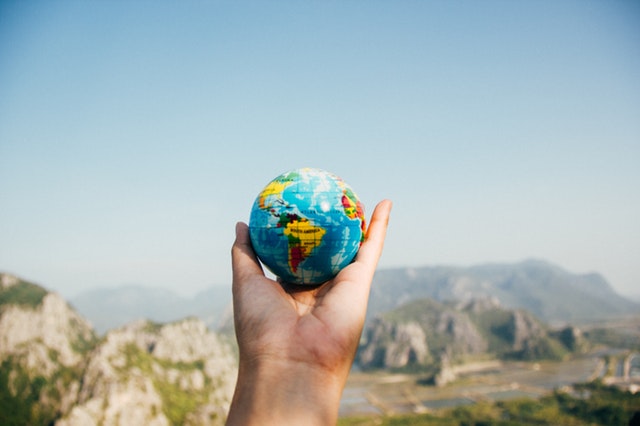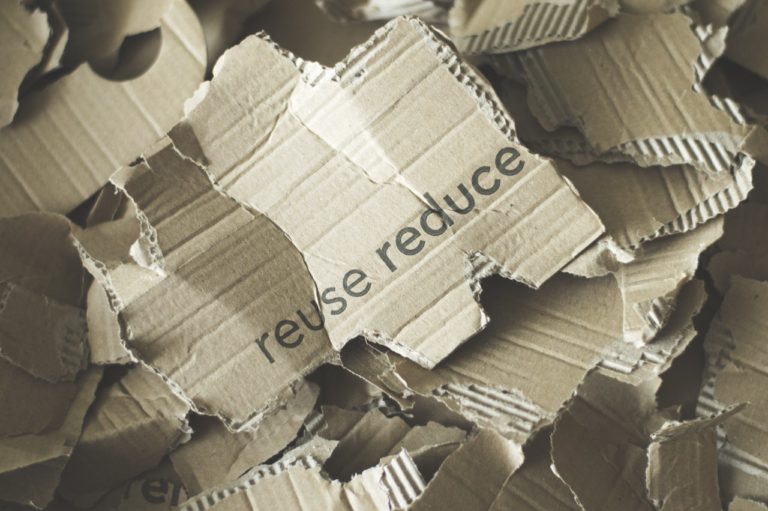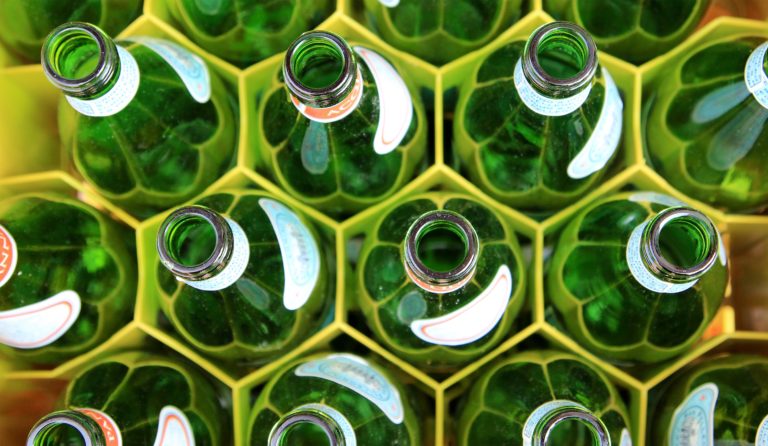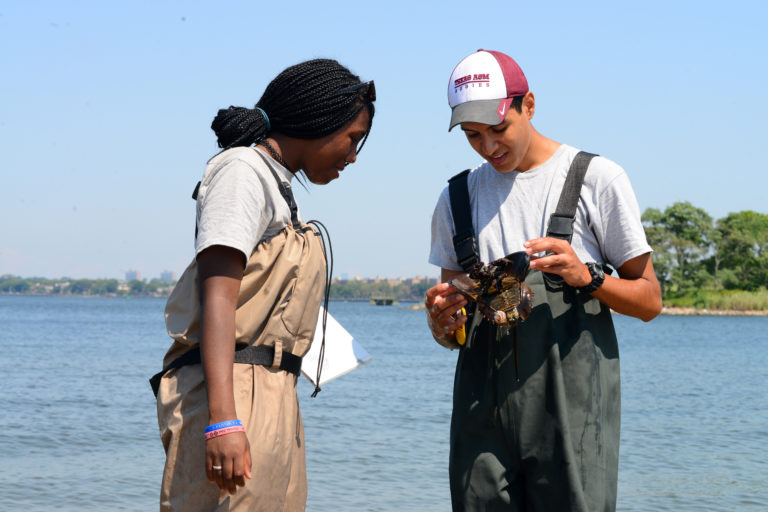Understanding How to Recycle

May 17th is a day to place the spotlight on recycling. The history of recycling may seem relatively new. However, since the dawn of time, the idea of making use of food, clothing and even shelters, proves humans have always had the motivation to reuse, replenish and recycle to reduce waste. For this reason, we wanted to help you learn how to recycle the best way possible.
The part of recycling that is relatively new is the concept of formal recycling programs and attention to the effect of waste on the environment. This can be traced to the late 1960s when the effects of chemical dumping began to show visible signs of contamination in air, water, and soil.
One of these major disasters occurred in 1978 when a chemical company dumped 82 chemical compounds in the Love Canal in Niagara, New York. Chemical drums had rotted and leaked contents into residential areas.
This particular tragedy further emphasized the need for stronger environmental regulations to reduce industrial and residential waste.
Ref: https://archive.epa.gov/epa/aboutepa/love-canal-tragedy.html
Simple Things We Can Do to Recycle More and Waste Less

The first step to recycle more and waste less is to increase awareness of daily lifestyles to disclose where recycling can be done. For example, it is important to read labels of products consumers purchase to know how to use them and dispose of them.
Many U.S. companies today provide product labels with instructions for proper use and disposal of contents, plastic and glass bottles and containers.
Always read product labels. Take note of recycling language used in these labels as a recycling guide to better understanding of the significance of recycling labels.
Ref: https://www.consumer.ftc.gov/articles/0203-language-recycling
Today, fabrics for clothing are also labeled so consumers can learn how they are manufactured and if they are safe for the environment.
Waste less by buying what you “need,” instead of what you “want.” Take inventory of the volume of your purchases and their “shelf life.” In many cases, consumers buy products they dispose of and replace in a relatively short period of time.
To waste less, consider repairing items before repurchasing them. Avoid clutter by recycling to local community centers who accept reusable clothing, toys and small household appliances.
How to Recycle and Know Locations of Recycling Centers

Communities where there is a formal recycling program, learn how various types of recyclable products are collected.
Some towns, plastic bottles, and containers may be co-mingled with metal cans. In other towns, these are separated and collected according to the town’s specific recycling program. Also, request the town’s recycling guide for future reference. Towns often provide these free of charge or they are sent to each resident’s home to encourage participation in the town’s recycling program.
The Best Way to Recycle Plastic Bags

Before learning how to recycle plastic bags, it’s important to know how to avoid plastic bags. Invest in several fabric bags of varying sizes to reduce dependency on plastic bags.
If your town does not have a location specifically for recycling of plastic bags, it may be a good idea to discuss this with your environmental officer.
It is also important to teach children how to recycle plastic bags they use regularly. This can be part of a family project to learn how to recycle, or it can be presented in schools to help children become more aware of the need to learn how to recycle.
Students love to study how their particular school system learned how to recycle plastic bags to meet their town’s recycling specifications. In fact, students should be encouraged to create and design their own school recycling program as students have done across the country. A great student project is creating a school recycling guide with tips for students and school staff on how to recycle.
Student Study Courses on How to Recycle

Many schools have added study courses on how to recycle as part of their curriculum. These include how to recycle plastic bags to prevent them from being improperly disposed of and to protect wildlife and waterways from contamination.
For younger students, create games that focus on how to recycle and to encourage young students to rely on recycling guides created for their age levels.
There are many ways to attract student attention with games that include how to recycle plastic bags. All this takes is an effort from parents and teachers to increase children’s awareness of the necessity of recycling. A recycling guide should be made readily accessible at home, in schools, public libraries and public places children frequent regularly.
Ref: https://cse.ucsd.edu/about/news/students-develop-games-teach-kids-cool-ways-recycle
Keep a Recycling Calendar at Home

One useful way of embedding the importance of recycling is to keep a calendar visible to all occupants of a home. Keep track of days when recyclables need to be put out for pickup and when special recycling in the town’s community center collects items that include:
- Prescription drugs
- Paints
- Rubber Tires
- Household cleaning chemicals
- Oil and gasoline
- Batteries
- Computer parts
- White items like washers, dryers, and refrigerators
In most towns, there is a specified drop off for these items and they may be collected monthly or more frequently. For more information on how to recycle plastic bags, check with the local community or grocery stores who accept them.

